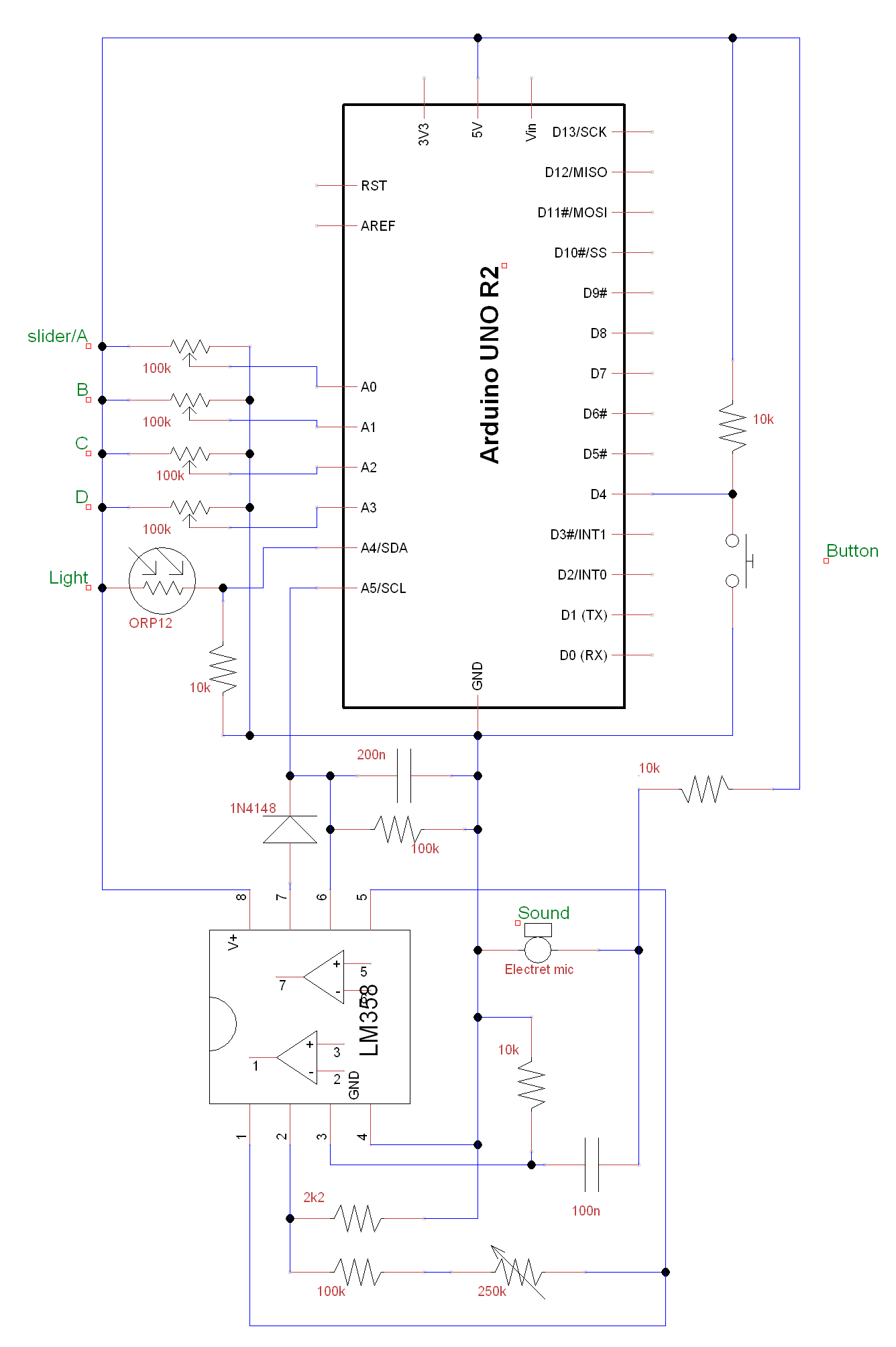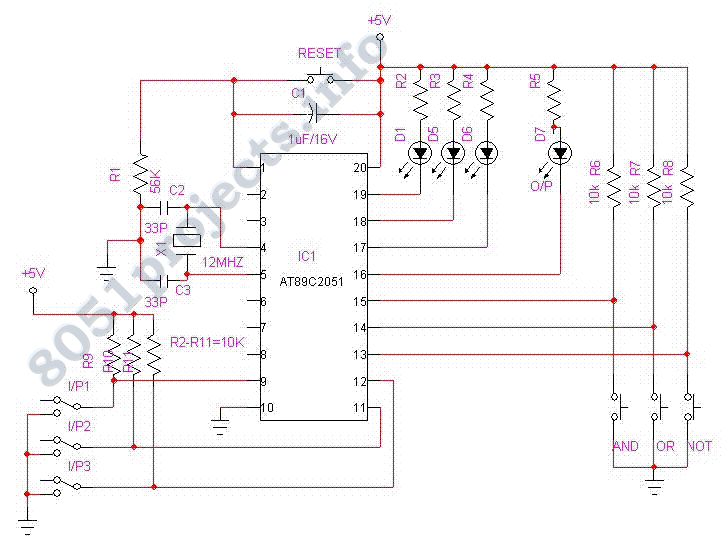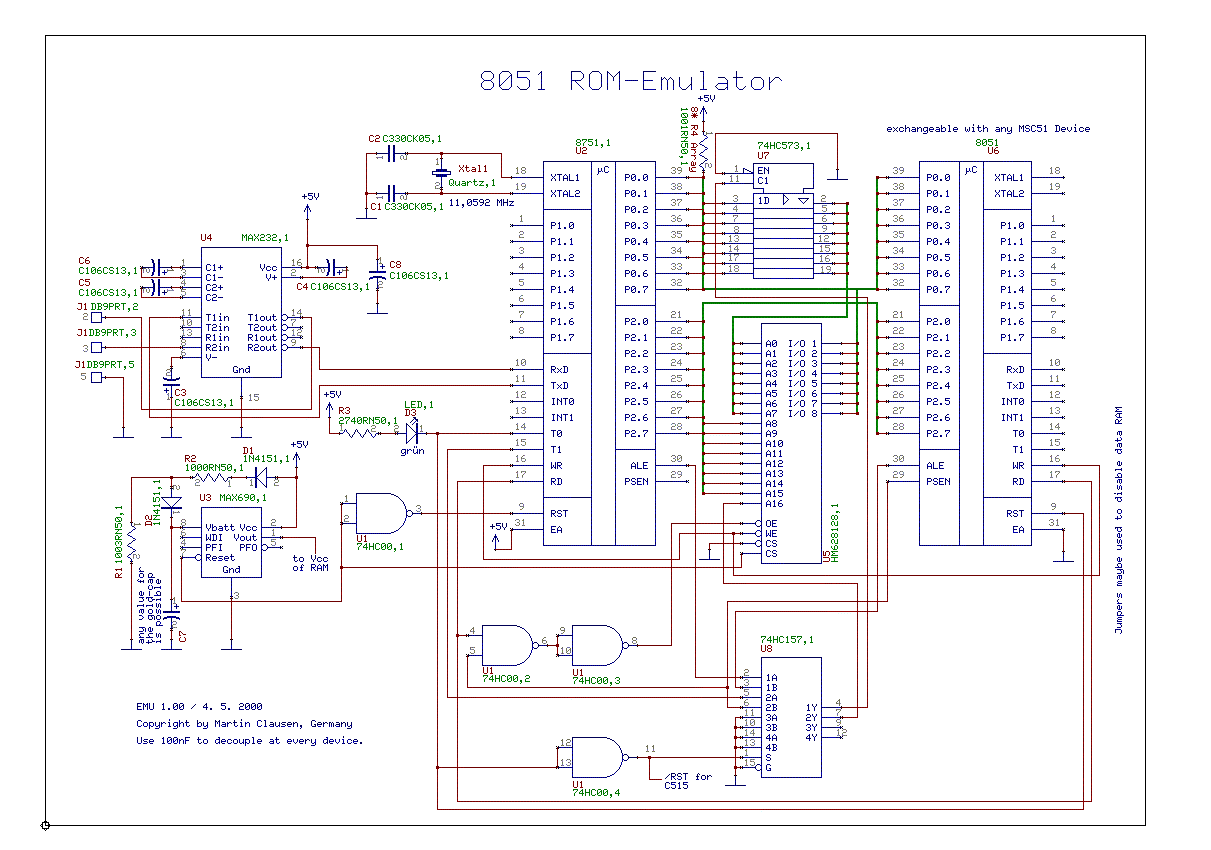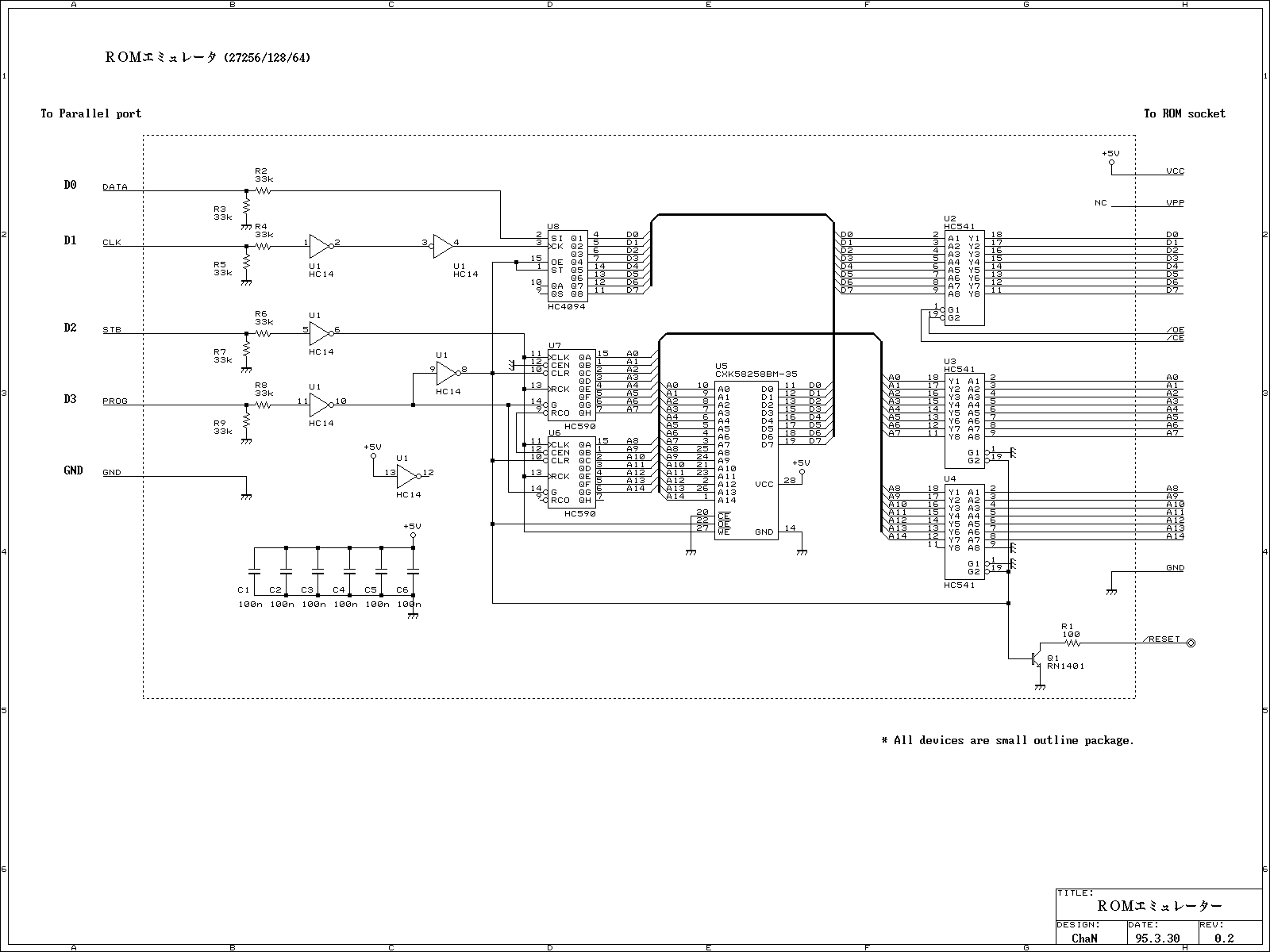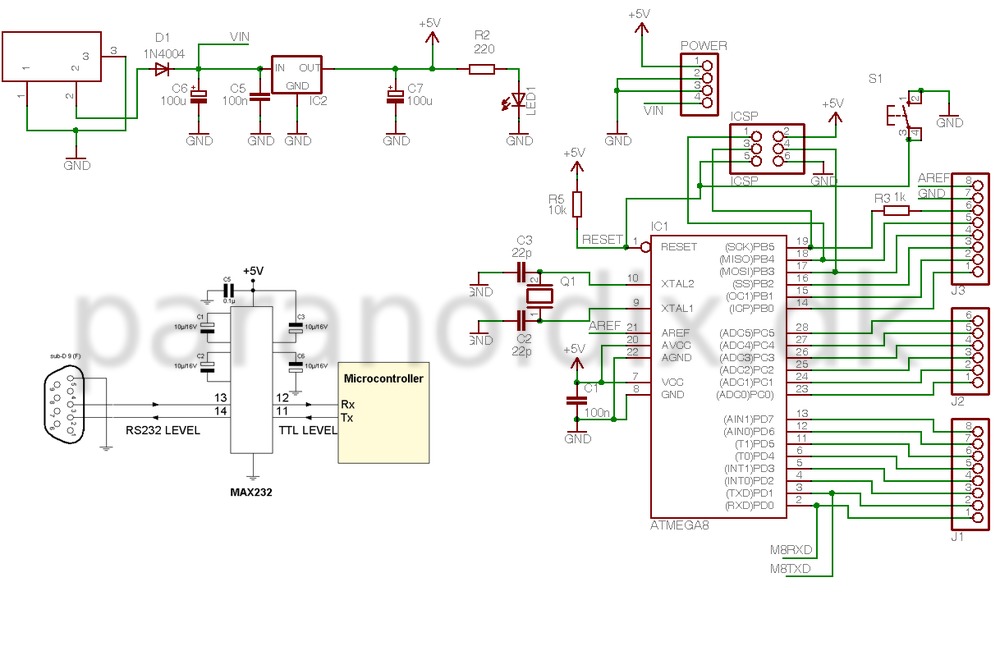
IDEfile ProFile Emulator
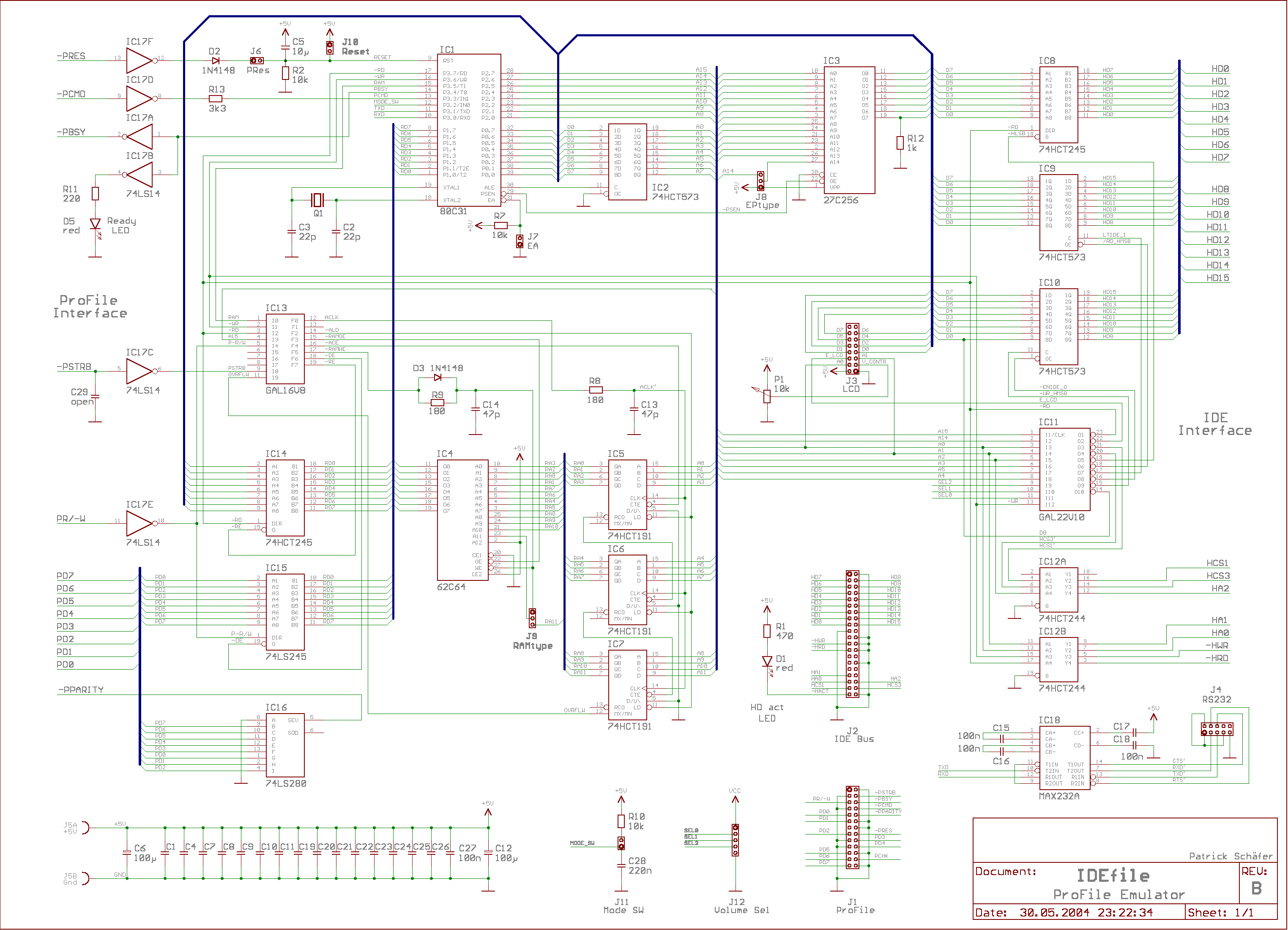
This interface has become a standard for nearly all operating systems known today. IDEfile is a ProFile-compatible hard drive designed for Apple /// and Lisa systems. It emulates the classic 5MB ProFile and the rare ProFile 10M. There are plans to support Widget_10 and a larger 20MB Widget_20, but understanding the syntax of additional commands is necessary before proceeding. Any assistance or technical information regarding calibration and formatting is appreciated. IDEfile utilizes an IDE hard disk for data storage. The design aims to incorporate components compatible with early '80s machines while avoiding modern technologies such as FPGAs or ARM7 CPUs. However, some compromises for contemporary technology were necessary. The system is controlled by an 80C31 microcontroller running approximately 1800 lines of assembly code, along with two GALs. Although it should be possible to use a CF card in True IDE mode instead of an IDE drive, this is not recommended due to the high write cycle consumption of flash cards, especially since LisaOS writes about 30 blocks just to load the Environments Window. The system supports up to eight volumes (partitions) depending on the hard disk size, with each volume appearing as a separate hard disk to the host, although only one can be accessed at a time. Each volume consists of blocks sized at 532 bytes, meaning that two sectors on the disk are utilized, effectively requiring double the volume size on the hard disk. IDEfile does not limit the number of bytes sent or read by the host as long as it remains under 1024 bytes. The printed circuit board (PCB) for IDEfile measures approximately 100mm x 140mm, equivalent to the size of a 3.5" hard disk. This allows it to be mounted on the back of the drive, creating a compact unit that fits into the hard drive cage of the Lisa or into a separate enclosure. The design includes various operating controls, including three DIP switches to select the active volume. These switches are read only once after the self-test procedure, necessitating a reset or a -PRES signal from the host to confirm the selection.
IDEfile serves as a bridge between vintage computing and modern storage solutions, allowing legacy systems to utilize contemporary hard drive technology while maintaining compatibility with older interfaces. The choice of the 80C31 microcontroller ensures that the controller operates within the constraints of the original systems, while the use of GALs allows for flexible logic implementations that can adapt to the requirements of different operating conditions. The emulation of ProFile standards enables users to leverage existing software designed for these older systems, facilitating a smooth transition to modern storage without losing the functionality of classic applications.
The decision to employ IDE technology, despite the potential drawbacks of using flash memory, highlights a careful consideration of the operational demands placed on the system. The limitation of 1024 bytes for data transactions ensures compatibility with a wide range of software while preventing potential data corruption that could arise from exceeding this threshold. The PCB size and mounting options reflect a thoughtful design approach, prioritizing both functionality and space efficiency.
In terms of usability, the inclusion of DIP switches for volume selection provides an intuitive method for users to manage their storage partitions without the need for complex software configurations. The self-test procedure enhances reliability by ensuring that the system is functioning correctly before any data operations are performed. Overall, IDEfile represents a significant advancement in the integration of retro computing with modern storage solutions, ensuring that users can continue to enjoy their legacy systems with improved performance and flexibility.This interface became a standard to almost all operating systems we know today. IDEfile is a ProFile compatible hard drive for Apple /// and Lisa systems. Emulation of the classic 5MB ProFile and the rare ProFile 10M is provided. I intend to support Widget_10 and a big 20MB Widget_20 too, but before that I have to figure out the syntax of its additional commands. Any help on this is appreciated, also any technical information on calibrating and formatting these beasts! IDEfile employs an IDE hard disk to store its data. I wanted to use components that could be used with a machine from the early `80s without getting red in the face (no FPGAs, no ARM7 cpu, . ), but some trade-offs towards modern technology had to be made. A 80C31 microcontroller executing about 1800 lines of assembler code and two GALs control the system.
The use of a CF card in True IDE mode instead of the IDE drive should also be possible, however I cannot recommend this. LisaOS writes about 30 blocks just to load the Envrionments Window, therefore the 100. 000 write cycles of a flash card would be consumed very soon. Depending on the size of the hard disk, up to eight volumes (partitions) are supported. From the host`s point of view, each volume is a different hard disk, but only one can be accessed at the same time.
Each volume could be of the following types: A block has a size of 532 bytes. Therefore two sectors on the disk are used, the space required on the hard disk is two times the volume size. IDEfile does not care about the number of bytes sent or read by the host, as long as it is below 1024 bytes.
IDEfile`s PCB has a size of approximately 100mm x 140mm, this is the same size as a 3, 5" hard disk. It can be mounted on the back of the drive, resulting in a compact unit which can be fitted into Lisa`s hard drive cage or into a seperate box. The pictures below show these two alternatives. For maximum flexibility, many different operating controls are provided: Three DIP switches to select the active volume.
These switches are read only once after the selftest procedure, therefore the Reset button has to be pressed or a -PRES signal has to be issued by the host to confirm this select 🔗 External reference
IDEfile serves as a bridge between vintage computing and modern storage solutions, allowing legacy systems to utilize contemporary hard drive technology while maintaining compatibility with older interfaces. The choice of the 80C31 microcontroller ensures that the controller operates within the constraints of the original systems, while the use of GALs allows for flexible logic implementations that can adapt to the requirements of different operating conditions. The emulation of ProFile standards enables users to leverage existing software designed for these older systems, facilitating a smooth transition to modern storage without losing the functionality of classic applications.
The decision to employ IDE technology, despite the potential drawbacks of using flash memory, highlights a careful consideration of the operational demands placed on the system. The limitation of 1024 bytes for data transactions ensures compatibility with a wide range of software while preventing potential data corruption that could arise from exceeding this threshold. The PCB size and mounting options reflect a thoughtful design approach, prioritizing both functionality and space efficiency.
In terms of usability, the inclusion of DIP switches for volume selection provides an intuitive method for users to manage their storage partitions without the need for complex software configurations. The self-test procedure enhances reliability by ensuring that the system is functioning correctly before any data operations are performed. Overall, IDEfile represents a significant advancement in the integration of retro computing with modern storage solutions, ensuring that users can continue to enjoy their legacy systems with improved performance and flexibility.This interface became a standard to almost all operating systems we know today. IDEfile is a ProFile compatible hard drive for Apple /// and Lisa systems. Emulation of the classic 5MB ProFile and the rare ProFile 10M is provided. I intend to support Widget_10 and a big 20MB Widget_20 too, but before that I have to figure out the syntax of its additional commands. Any help on this is appreciated, also any technical information on calibrating and formatting these beasts! IDEfile employs an IDE hard disk to store its data. I wanted to use components that could be used with a machine from the early `80s without getting red in the face (no FPGAs, no ARM7 cpu, . ), but some trade-offs towards modern technology had to be made. A 80C31 microcontroller executing about 1800 lines of assembler code and two GALs control the system.
The use of a CF card in True IDE mode instead of the IDE drive should also be possible, however I cannot recommend this. LisaOS writes about 30 blocks just to load the Envrionments Window, therefore the 100. 000 write cycles of a flash card would be consumed very soon. Depending on the size of the hard disk, up to eight volumes (partitions) are supported. From the host`s point of view, each volume is a different hard disk, but only one can be accessed at the same time.
Each volume could be of the following types: A block has a size of 532 bytes. Therefore two sectors on the disk are used, the space required on the hard disk is two times the volume size. IDEfile does not care about the number of bytes sent or read by the host, as long as it is below 1024 bytes.
IDEfile`s PCB has a size of approximately 100mm x 140mm, this is the same size as a 3, 5" hard disk. It can be mounted on the back of the drive, resulting in a compact unit which can be fitted into Lisa`s hard drive cage or into a seperate box. The pictures below show these two alternatives. For maximum flexibility, many different operating controls are provided: Three DIP switches to select the active volume.
These switches are read only once after the selftest procedure, therefore the Reset button has to be pressed or a -PRES signal has to be issued by the host to confirm this select 🔗 External reference
